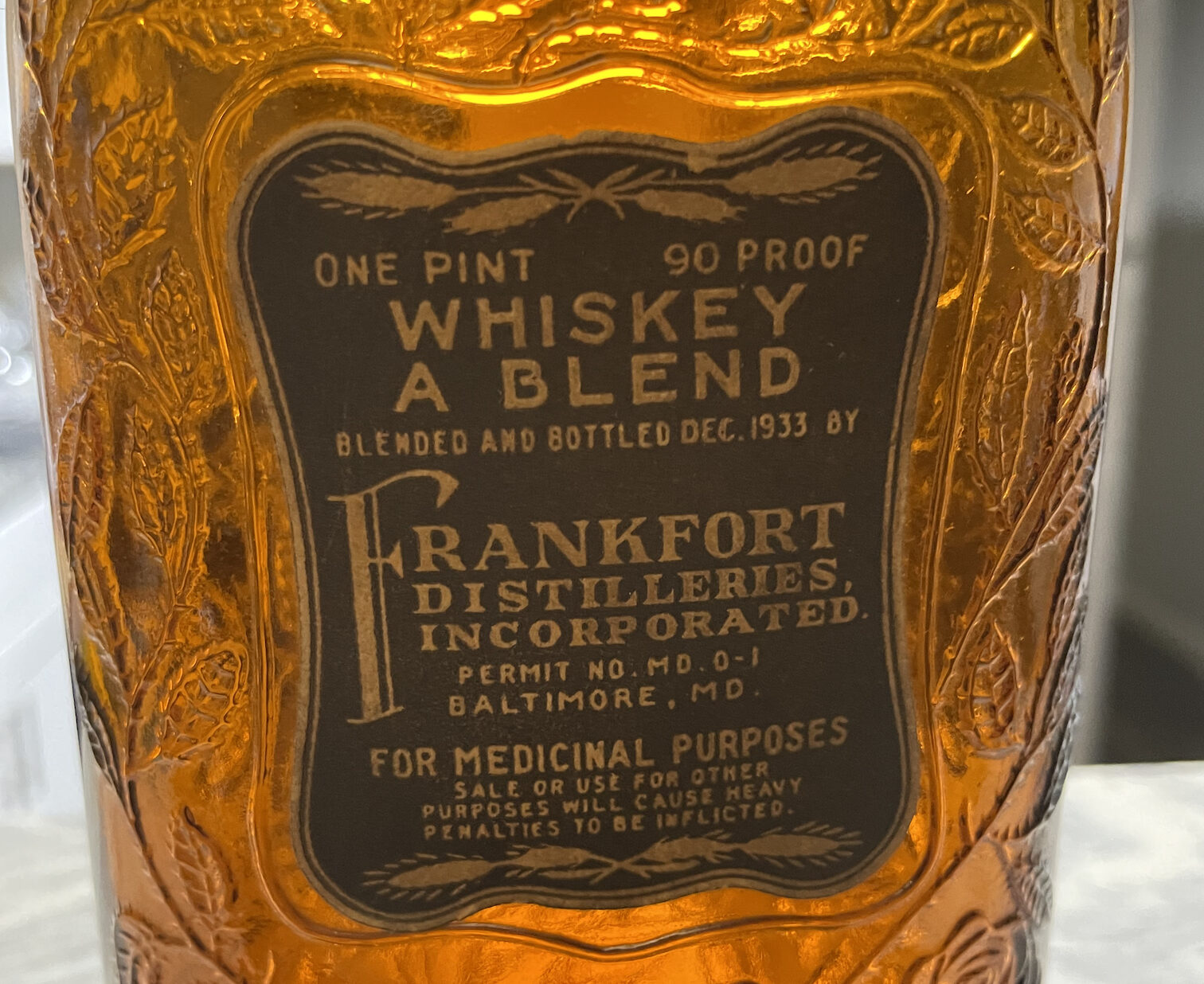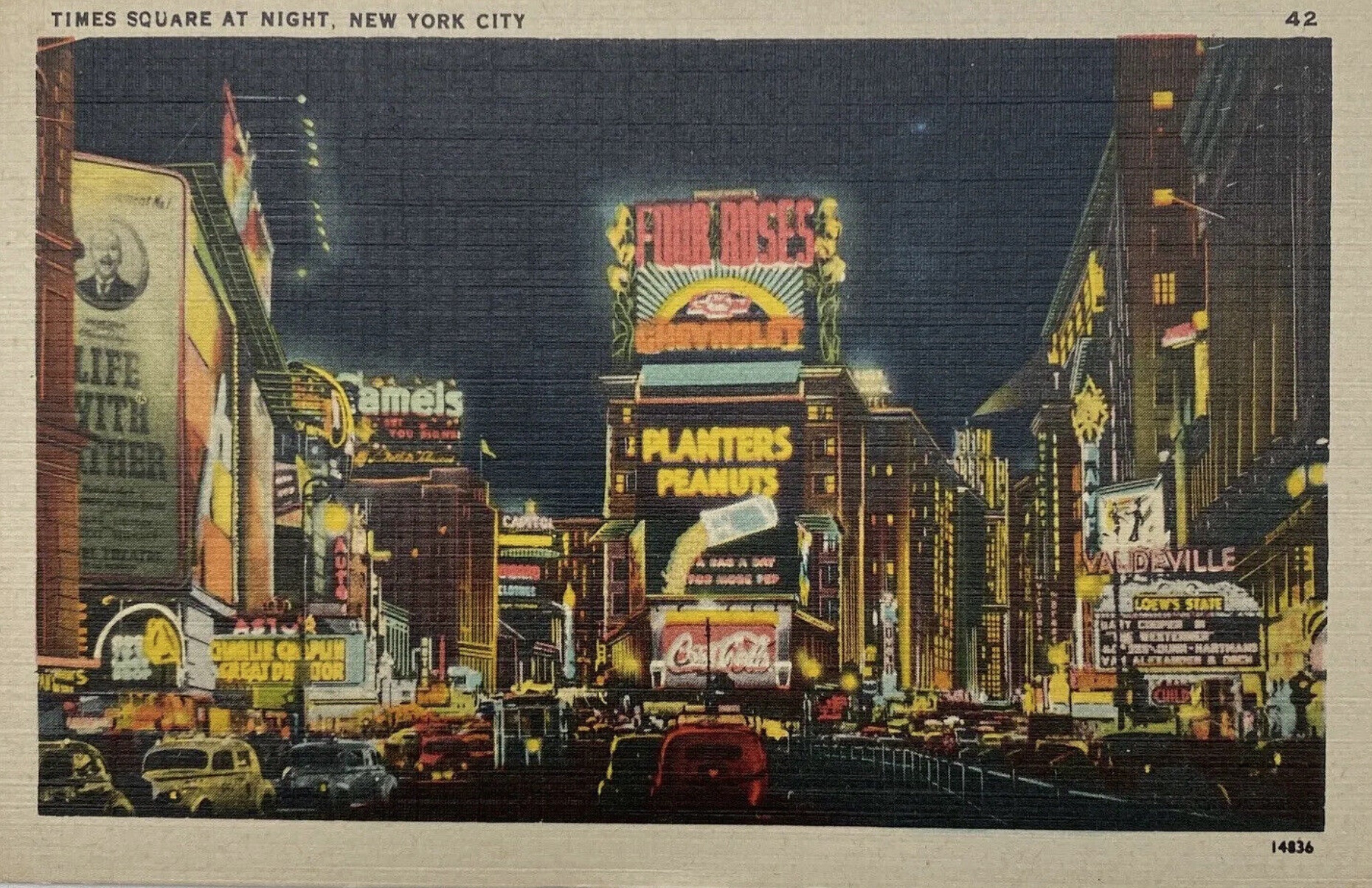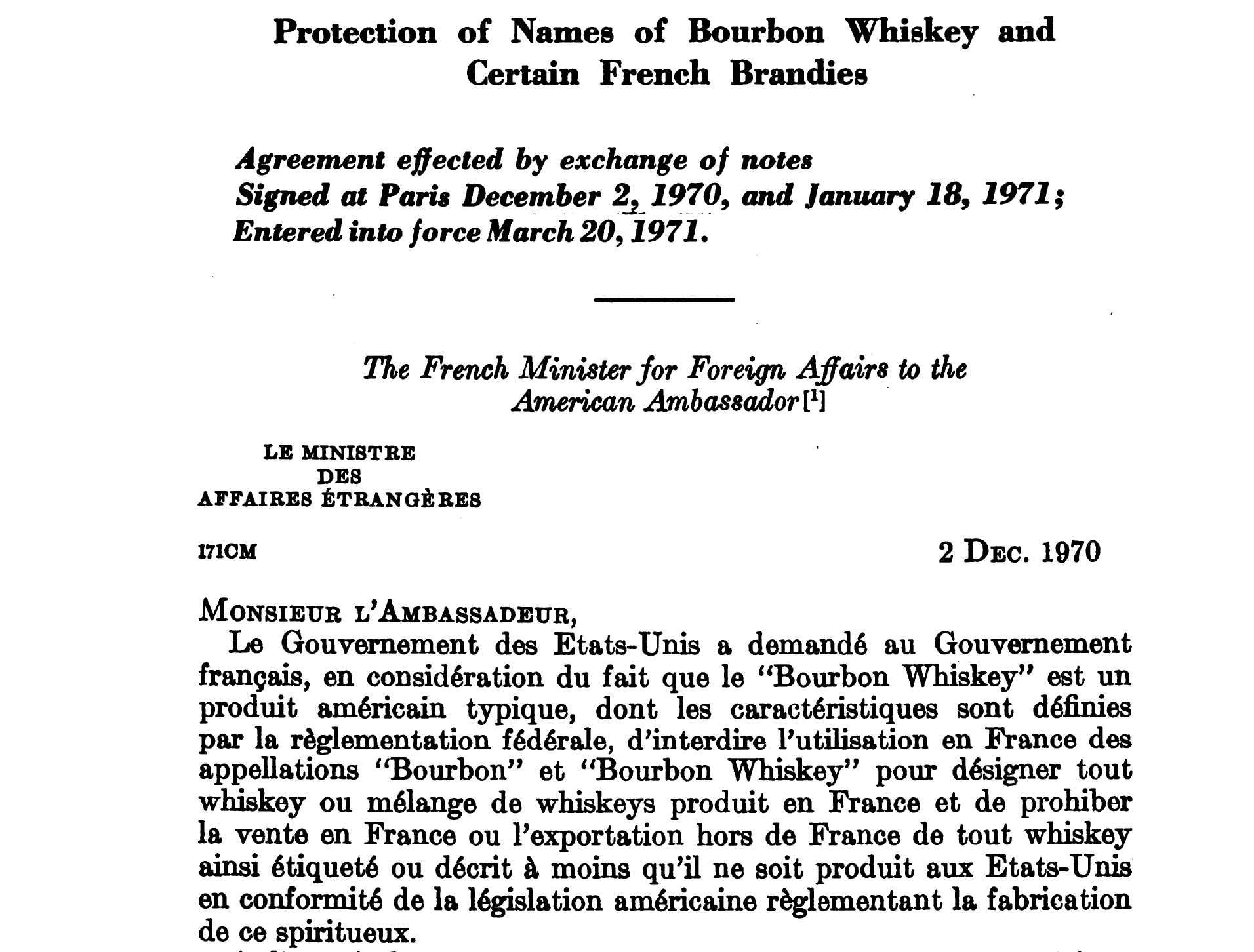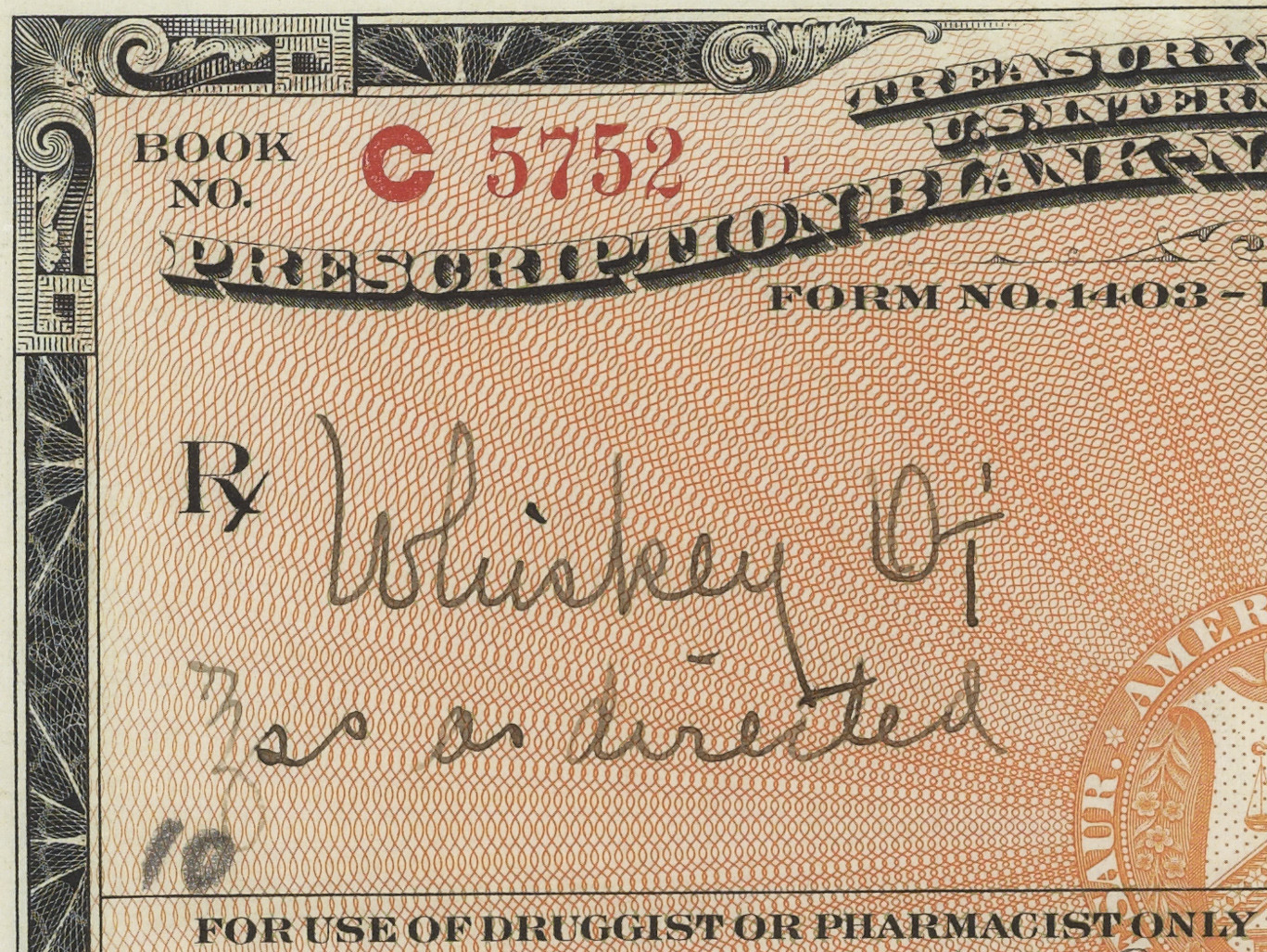On the Fifth Rule for Bottled-in-Bond Spirits and Its Eventual Repeal
In addition to having spirits that complied with the 'four rules of bottled-in-bond' a distillery also needed a dedicated bottling facility to actually take advantage of the new standard. It stood this way until 1979 when a set of sweeping reforms removed this requirement as well as generally simplifying how taxes on spirits were assessed.





![Read more about the article A Guide to Guides for the American Whiskey Novice in the 1990s [Part I]](https://americangrain.stream/wp-content/uploads/2023/03/Signet_Detail_IMG_3598.jpg)



![Read more about the article A Pilgrim in Shively [Part II]](https://americangrain.stream/wp-content/uploads/2022/12/IMG_2819_FourRoses_Warehouse01-scaled.jpg)
![Read more about the article A Pilgrim in Shively [Part I]](https://americangrain.stream/wp-content/uploads/2022/12/shively_sites2.jpg)